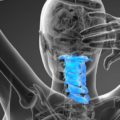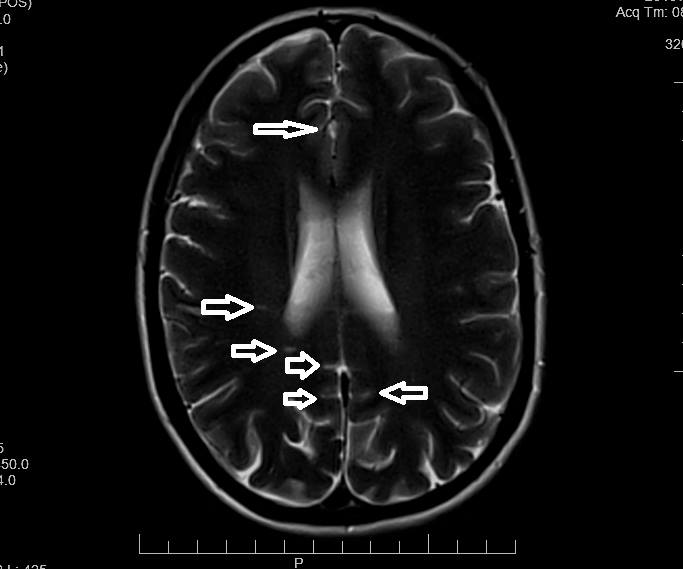For almost a year, I have suffered from fatigue, morning sinus and congestion problems, and other health issues including type 2 diabetes, insomnia, and depression. For the last four months, I have been dealing with a skin rash on my legs, arms, stomach, and small outbreaks on my face. I have been misdiagnosed by my primary doctor and two different naturopaths. They told me that it was fungal and I was given anti-fungals. I don’t remember the name. After a second visit to a dermatologist, the doctor did a scraping and a biopsy and told me that it definitely wasn’t fungal. They are going to do some patch tests this week. I have had to keep my mental outlook positive because, for the last year, the doctors have had no answers.
My primary has told me that I am an anomaly. Great! But still no answers. She has done a plethora of blood tests, two or three CAT scans, and other imagery. The only blood test that was a little high was my white blood cell count. My iron is high because of my testosterone injections. I was initially told that I had Lyme’s disease but my blood tests found that to be negative. Then I was told that I have Epstein Barr, but my blood tests were negative for that also. I am used to an active lifestyle, lifting weights, hiking, backpacking, fishing, martial arts, etc., but, for the last year, I have been extremely low energy with significant fatigue. I will sleep 8 hours, get up for a while, and just feel like going back to bed. I would like my life back!
Early Thyroid Problems
I take levothyroxine because my thyroid was low about 20 years ago. They did a scan of my thyroid and told me that my thyroid was quite small, probably due to my Graves’ disease treatment when I was 16 years old. I was told that I was close to death at that time. I remember some of the unpleasant things I went through at that time. They gave me a drink called a “nuclear cocktail” and then, for the next 4+ years, they treated me with propylthiouracil. I fought my way through this disease and started lifting weights and working out when I felt better. I was about 16 years old at the time. I continued to work out and have been athletic all of my life.
Back Pain and Spine Curvature
After years of athletics that included snow skiing and martial arts, I began to develop significant back pain. After an MRI in 2004, the doctors asked if I had polio. The test showed curvature of the spine, a bulging disc, and some areas of bone on bone. At that point, I was prescribed oxycodone and have been on it ever since. Despite the back issues, I have functioned fine until this last year when a variety of new symptoms manifested, including unremitting fatigue. I have had a big change in my energy levels, sex drive, and the pain issues have increased and so it is a struggle to lift weights. My hands, shoulders, spine, and feet have increased pain. I have always been very self-motivated, but this last year has been very tough. The doctors say that I have osteoarthritis and fibromyalgia. I don’t know anymore.
Maybe Thiamine for the Fatigue?
Recently, I listened to Elliot Overton’s interview with Dr. Marrs about thiamine and found many of my symptoms were possibly linked to thiamine deficiency. I have taken a myriad of nutritional supplements over the years. They are listed below. All to no avail. I have also started taking thiamine, but the jury is not out on that yet. It has been pretty expensive with all the doctor appointments and nutritional/medical expenses.
There is a lot more that I have probably missed, but I wanted to keep this to a short story, not a novel. What am I missing with my health issues? The fatigue is unending. The doctors have no advice and consider me an anomaly. Am I? Or are we simply missing something?
Current Medications
- Levothyroxine-125mcg – for approximately 29 years.
- Sertraline-50 mg – last two years
- Lisinopril-10mg – last year and a half
- Metformin-750mg – last two years
- Hydroxyzine-50 mg – at bedtime for sleep issues for the last year and a half
- Oxycodone-10 mg up to 4 times a day since 2004. I see my spine doc every 2 months. I have some spine damage and joint issues from the martial arts and various other sports.
- Dicloflenac- 50 mg (Rarely use)
- Lunesta-3 mg (1 at night) – this was given to wean me off of clonazepam.
- Testosterone-.5 ml – injection every 2 weeks – for low testosterone
- Aspirin-81 mg-one a day for thick blood due to the testosterone replacement therapy
- Kenalog injection for rash. I have had only one injection and the dermatologist told me that it would be good for a month.
- Triamcinolone cream to use on the various rash sites.
Current Supplements
- Vitamin D3-10,000 IU a day (Kirkland brand)
- B12-5000 mcg sublingual 1 a day
- Saw Palmetto-450 mg, 1 a day (ZHOU brand)
- Ceylon Cinnamon-1200 mg, 1 a day (Spring Valley brand)
- Garlic-2 capsules, 1 a day (Kyolic brand)
- Niacinamide-500 mg, 2 times a day (Nutricost)
- Liposomal Vitamin C-1400 mg, twice a day
- Benfotiamine-300 mg, twice a day
We Need Your Help
More people than ever are reading Hormones Matter, a testament to the need for independent voices in health and medicine. We are not funded and accept limited advertising. Unlike many health sites, we don’t force you to purchase a subscription. We believe health information should be open to all. If you read Hormones Matter, like it, please help support it. Contribute now.
Yes, I would like to support Hormones Matter.
This article was published originally on February 19, 2020.












































